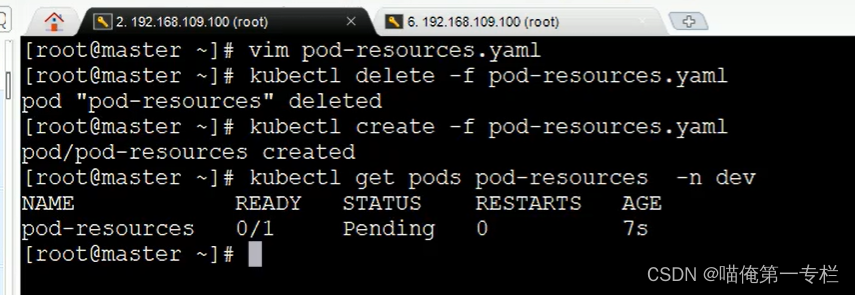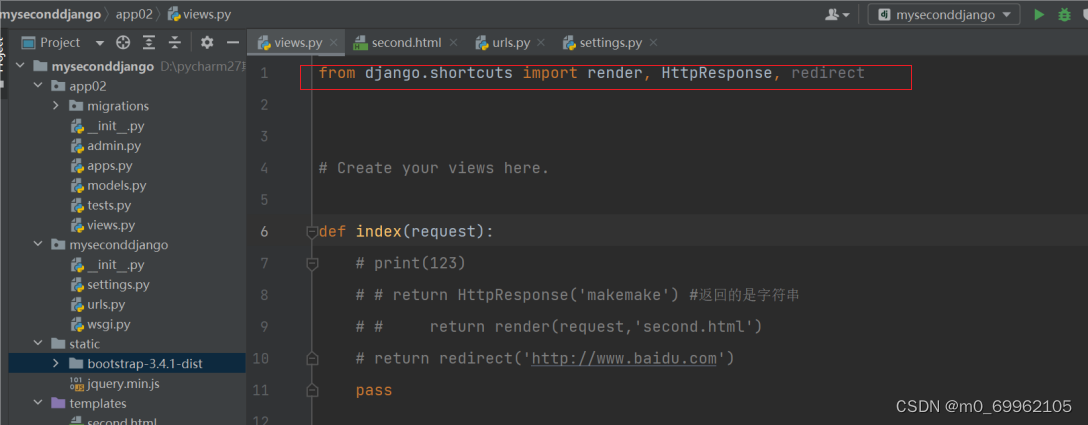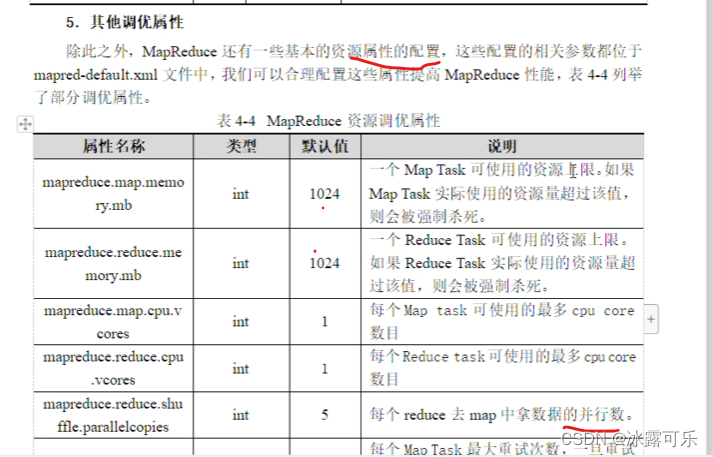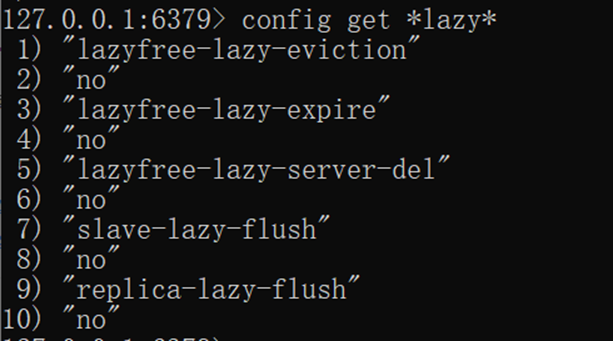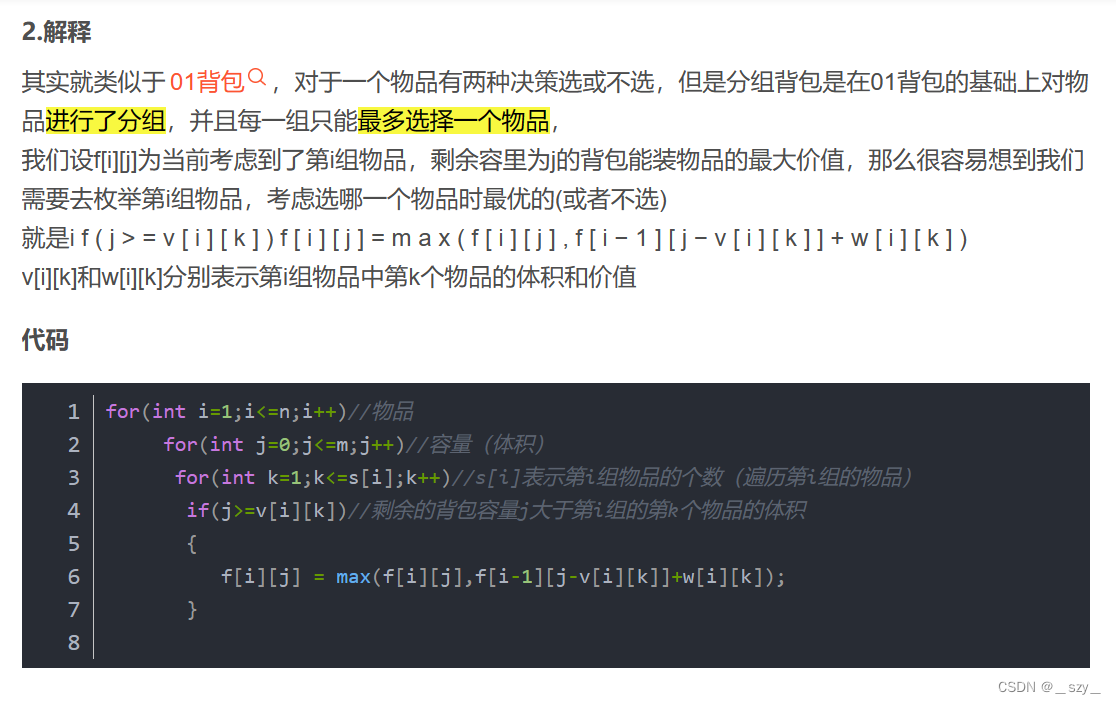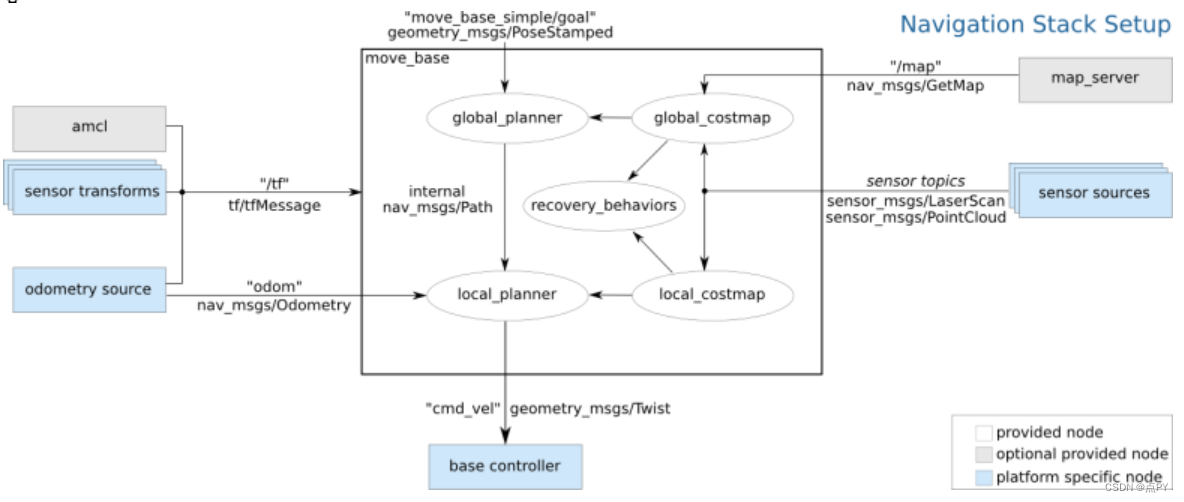环境说明
CentOS Linux release 7.2 (Final)
go version go1.16.3 linux/amd64
GNU gdb (GDB) Red Hat Enterprise Linux 7.6.1-80.el7
使用gdb查看程序入口
编写一个简单的go程序
// main.go
package mainfunc main() {print("Hello world")
}
编译go build -gcflags "-N -l" -o simple main.go
使用gdb查看entry
gdb simple
(gdb) info files
Symbols from "/data/project/windeal/golang/simple/simple".
Local exec file:`/data/project/windeal/golang/simple/simple', file type elf64-x86-64.Entry point: 0x45cd800x0000000000401000 - 0x000000000045ecb6 is .text0x000000000045f000 - 0x000000000048bdb5 is .rodata0x000000000048bf40 - 0x000000000048c3e0 is .typelink0x000000000048c3e0 - 0x000000000048c3e8 is .itablink0x000000000048c3e8 - 0x000000000048c3e8 is .gosymtab0x000000000048c400 - 0x00000000004c7b68 is .gopclntab0x00000000004c8000 - 0x00000000004c8020 is .go.buildinfo0x00000000004c8020 - 0x00000000004c9240 is .noptrdata0x00000000004c9240 - 0x00000000004cb3f0 is .data0x00000000004cb400 - 0x00000000004f86b0 is .bss0x00000000004f86c0 - 0x00000000004fd990 is .noptrbss0x0000000000400f9c - 0x0000000000401000 is .note.go.buildid
(gdb)
可以看到程序的Entry point为 0x45cd80, 对应分段的地址范围,可以算出来程序0x45cd80在.text段。
添加断点,可以看到 Entry point: 0x45cd80 对应的内容
(gdb) b *0x45cd80
Breakpoint 1 at 0x45cd80: file /data/opt/go/src/runtime/rt0_linux_amd64.s, line 8.
(gdb)
可以得出这个go程序的入口在 file /data/opt/go/src/runtime/rt0_linux_amd64.s, line 8.
在gdb中通过
- b-设置断点,
- run-启动程序,
- n-逐步执行
可以看到程序的引导过程
rt0_linux_amd64.s
// Copyright 2009 The Go Authors. All rights reserved.
// Use of this source code is governed by a BSD-style
// license that can be found in the LICENSE file.#include "textflag.h"TEXT _rt0_amd64_linux(SB),NOSPLIT,$-8JMP _rt0_amd64(SB)TEXT _rt0_amd64_linux_lib(SB),NOSPLIT,$0JMP _rt0_amd64_lib(SB)
可以看到这部分没有太多内容,程序直接跳转执行到全局符号 _rt0_amd64(SB)
_rt0_amd64:_rt0_amd64
// _rt0_amd64 is common startup code for most amd64 systems when using
// internal linking. This is the entry point for the program from the
// kernel for an ordinary -buildmode=exe program. The stack holds the
// number of arguments and the C-style argv.
TEXT _rt0_amd64(SB),NOSPLIT,$-8MOVQ 0(SP), DI // argcLEAQ 8(SP), SI // argvJMP runtime·rt0_go(SB)
这段代码把参数个数argc复制到DI寄存器。把参数值地址argv拷贝到SI寄存器。
关联知识:
我们分析的是amd64的源码,汇编指令按64bit寻址,每次操作8个字节的数据。 这里使用的汇编指令都带一个Q表示操作的是8个字节,如果是32bit则指定为MOVL、LEAL等,表示操作4个字节)
这里有个问题,就是为什么起始时0(SP)和8(SP)是argc和argv。 这里看了一些文章结合自己的理解,应该是操作系统的约定(需要进一步确认,留个坑后续补充)
_rt0_amd64:rt0_go
rt0_go 内容比较多,比较复杂, 逐段分析。
命令行参数拷贝
// asm_amd64.s// Defined as ABIInternal since it does not use the stack-based Go ABI (and
// in addition there are no calls to this entry point from Go code).
TEXT runtime·rt0_go<ABIInternal>(SB),NOSPLIT,$0// copy arguments forward on an even stackMOVQ DI, AX // argc,MOVQ SI, BX // argvSUBQ $(4*8+7), SP // 2args 2autoANDQ $~15, SP // 最后16位清0,实现16字节对齐MOVQ AX, 16(SP)MOVQ BX, 24(SP)// ......
这一段代码是做命令行参数的拷贝和栈顶指针SP偏移的。
前面两行是把argc、argv拷贝到寄存器AX、BX。
然后SP指针向下移动4*8+7个字节,预留空间用来存放命令行参数
栈空间的寻址是自高地址向低地址
我们看下这个4*8+7的值是怎么来的。实际上是2*8+2*8+7
引导程序先把argc和argv下移,即第一个2*8。即最终的SP+16和SP+4,
第二个2*8字节,在这里并未填充值,它是用来后面给G0传递参数的,让G0启动向一个普通的调用一样。
SP+0和SP+8 可以在rt0_go的后面部分看到赋值
TEXT runtime·rt0_go<ABIInternal>(SB),NOSPLIT,$0......
ok:......MOVL 16(SP), AX // copy argcMOVL AX, 0(SP)MOVQ 24(SP), AX // copy argvMOVQ AX, 8(SP)......
多偏移的7字节是哪里来的,还没有搞懂。看到很多材料写的是为了后面的16字节对齐,但是如果仅仅只是为了16字节对齐,后面的ANDQ $~15, SP看起来就已经足够了。 先留个坑,后面搞懂了回来补充。
关于16字节对齐
关联知识:CPU有一组SSE指令,这些指令中出现的内存地址必须是16的倍数。
在 SUBQ $(4*8+7), SP之前,因为64bit机器的寻址是8字节为单元, SP对应的内存地址有2中可能:
0x*****0: 最后一位是0,本身是16字节对齐0x*****8: 最后一位是8,不是16字节对齐。
如果是0x*****0这种情况,那么4*8本身就是16字节对齐的,不需要额外操作。单是如果是0x*****8这种情况的话,就需要做16字节对齐。
G0执行栈初步初始化
继续往下分析
TEXT runtime·rt0_go<ABIInternal>(SB),NOSPLIT,$0......// create istack out of the given (operating system) stack.// _cgo_init may update stackguard.MOVQ $runtime·g0(SB), DI // DI = g0LEAQ (-64*1024+104)(SP), BX MOVQ BX, g_stackguard0(DI) // g0.stackguard0 = SP + (-64*1024+104)MOVQ BX, g_stackguard1(DI) // g0.stackguard1 = SP + (-64*1024+104)MOVQ BX, (g_stack+stack_lo)(DI) // g0.stack.stack_lo = SP + (-64*1024+104)MOVQ SP, (g_stack+stack_hi)(DI) // g0.stack.stack_hi = SP + (-64*1024+104)// find out information about the processor we're on,确定CPU处理器信息MOVL $0, AXCPUIDMOVL AX, SICMPL AX, $0JE nocpuinfo
这一部分是初始化g0的执行栈。
参考结构体g的定义:https://github.com/golang/go/blob/9baddd3f21230c55f0ad2a10f5f20579dcf0a0bb/src/runtime/runtime2.go#L404
TLS 线程本地存储
代码链接
LEAQ runtime·m0+m_tls(SB), DI // DI = m0.tls, CALL runtime·settls(SB) // 设置TLS, 还没完全看懂,待进一步分析// store through it, to make sure it worksget_tls(BX)MOVQ $0x123, g(BX)MOVQ runtime·m0+m_tls(SB), AXCMPQ AX, $0x123 // 判断 TLS 是否设置成功JEQ 2(PC) // 如果相等则向后跳转两条指令CALL runtime·abort(SB) // 使用 INT 指令执行中断
ok:关联g0和m0
代码链接
// set the per-goroutine and per-mach "registers"// g0和m0是全局变量,先获取他们的地址分别存在寄存器CX和AXget_tls(BX)LEAQ runtime·g0(SB), CXMOVQ CX, g(BX)LEAQ runtime·m0(SB), AX// 关联g0和m0 // save m->g0 = g0MOVQ CX, m_g0(AX)// save m0 to g0->mMOVQ AX, g_m(CX)
运行时检查
CLD // convention is D is always left clearedCALL runtime·check(SB)
runtime·check(SB)的代码链接, check会进行各种检查,如果检查未通过,直接抛出异常,一般是编译过程发生了错误。
系统级的初始化
代码链接
MOVL 16(SP), AX // copy argcMOVL AX, 0(SP)MOVQ 24(SP), AX // copy argvMOVQ AX, 8(SP)CALL runtime·args(SB) // 参数的初始化CALL runtime·osinit(SB) // CALL runtime·schedinit(SB)
前面四行是做argc和argv的再一次拷贝。(这里没搞懂为什么需要做多次的参数拷贝,看到一些解释是为了让g0模拟普通goroutine调用)
后面三行是3个函数调用
runtime.args
func args() 代码链接
func args(c int32, v **byte) {argc = cargv = vsysargs(c, v)
}
把参数存放在全局变量argc和argv中,供其他初始化函数使用。
func sysargs()的代码链接
sysargs()用于将一些内核级别的信息存放到执行栈中(是放在主调的栈中)
对这方面感兴趣的可以搜索golang linux 函数调用栈相关的内容
runtime·osinit
代码链接 osinit()
func osinit() {ncpu = getproccount() // 获取CPU核心数physHugePageSize = getHugePageSize() // 获取内存物理页代销......osArchInit() // 目前看是个空函数
}
运行时组件初始化
runtime·schedinit(SB) 开始是golang 运行时组件相关的初始化
代码链接
CALL runtime·schedinit(SB)
schedinit的代码链接
// The new G calls runtime·main.
func schedinit() {// 各种加锁......// raceinit must be the first call to race detector.// In particular, it must be done before mallocinit below calls racemapshadow._g_ := getg()if raceenabled {_g_.racectx, raceprocctx0 = raceinit()}sched.maxmcount = 10000// The world starts stopped.worldStopped()// 栈、内存分配器、调度器相关初始化moduledataverify()stackinit() // 初始化执行栈mallocinit() // 初始化内存分配器mallocfastrandinit() // must run before mcommoninitmcommoninit(_g_.m, -1) // 初始化当前系统线程,只完成部分通用的初始化 cpuinit() // must run before alginitalginit() // maps must not be used before this callmodulesinit() // provides activeModulestypelinksinit() // uses maps, activeModulesitabsinit() // uses activeModulessigsave(&_g_.m.sigmask)initSigmask = _g_.m.sigmaskgoargs()goenvs()parsedebugvars()gcinit()// 创建 P, 通过 CPU 核心数和 GOMAXPROCS 环境变量确定 P 的数量lock(&sched.lock)sched.lastpoll = uint64(nanotime())procs := ncpuif n, ok := atoi32(gogetenv("GOMAXPROCS")); ok && n > 0 {procs = n}if procresize(procs) != nil {throw("unknown runnable goroutine during bootstrap")}unlock(&sched.lock)// World is effectively started now, as P's can run.worldStarted()// For cgocheck > 1, we turn on the write barrier at all times// and check all pointer writes. We can't do this until after// procresize because the write barrier needs a P.if debug.cgocheck > 1 {writeBarrier.cgo = truewriteBarrier.enabled = truefor _, p := range allp {p.wbBuf.reset()}}if buildVersion == "" {// Condition should never trigger. This code just serves// to ensure runtime·buildVersion is kept in the resulting binary.buildVersion = "unknown"}if len(modinfo) == 1 {// Condition should never trigger. This code just serves// to ensure runtime·modinfo is kept in the resulting binary.modinfo = ""}
}
主goroutine启动
代码链接
// create a new goroutine to start programMOVQ $runtime·mainPC(SB), AX // entry, 主 goroutine 入口地址runtime.mainPUSHQ AXPUSHQ $0 // arg sizeCALL runtime·newproc(SB) // 创建执行单元,创建gPOPQ AXPOPQ AX// start this MCALL runtime·mstart(SB) // 开始启动调度器的调度循环CALL runtime·abort(SB) // mstart should never returnRET// Prevent dead-code elimination of debugCallV1, which is// intended to be called by debuggers.MOVQ $runtime·debugCallV1<ABIInternal>(SB), AX
RET
newproc(SB)的代码链接, newproc 会创建一个g
func newproc(siz int32, fn *funcval) {argp := add(unsafe.Pointer(&fn), sys.PtrSize)gp := getg()pc := getcallerpc()systemstack(func() {newg := newproc1(fn, argp, siz, gp, pc)_p_ := getg().m.p.ptr()runqput(_p_, newg, true)if mainStarted {wakep()}})
}mstart()
runtime·mstart 相对比较复杂,后面新开一篇文章介绍。
主要调用链路是
mstart()==>mstart1()==>schedule()
主要功能是启动调度器,在shedule()中进行循环调度
我的公众号


